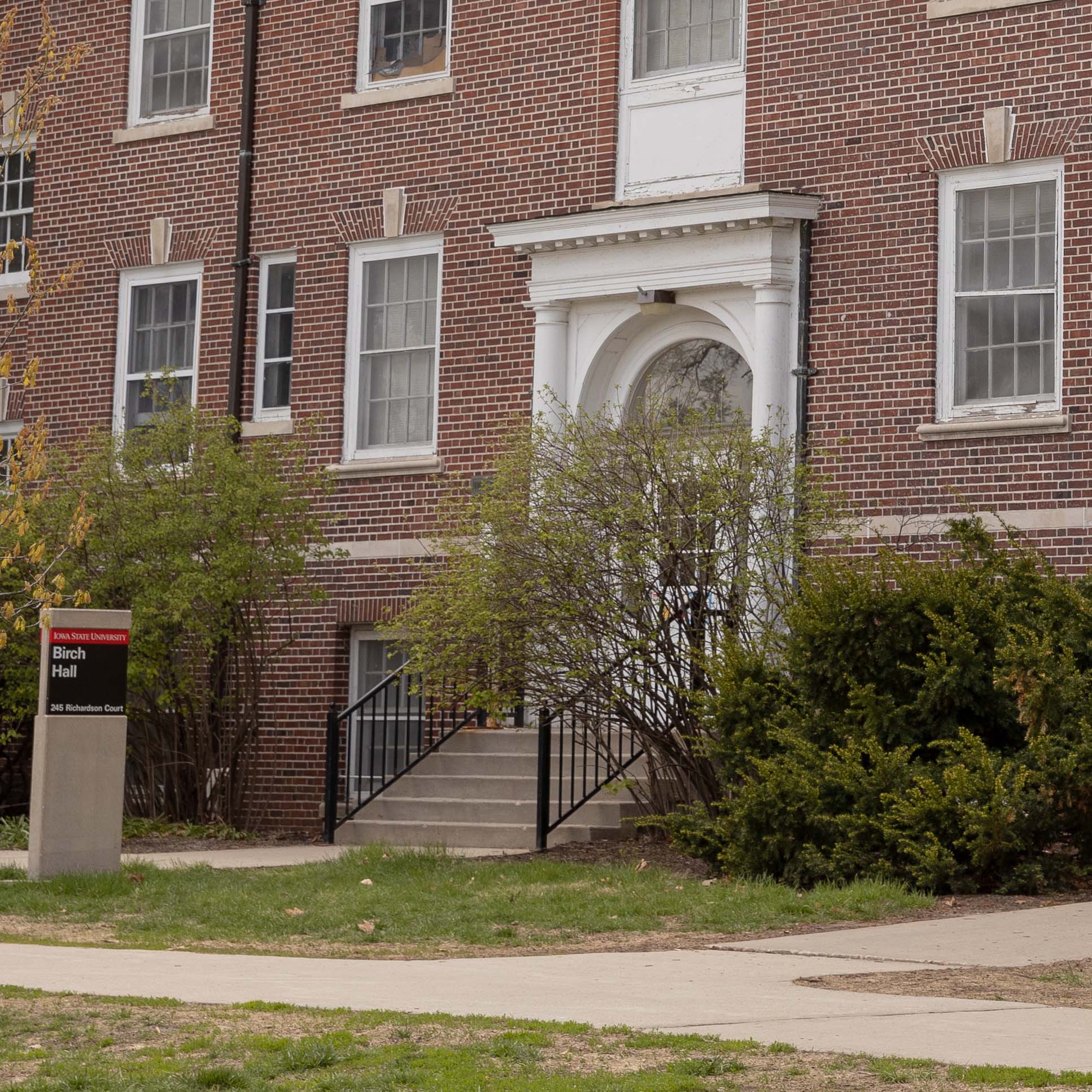Safety

- Exit your room, close and lock the door.
- Use the stairs (not elevators) to exit your building.
- If there is smoke in the air, stay low. Smoke and heat rise.
- When you get outside, gather a safe distance away from the building.
- Do not block emergency responders from entering the building.
- Do not go back in the building until officials have determined the building is safe.
- A WATCH is issued when conditions are favorable for severe weather to develop.
- A WARNING is issued for areas where severe weather is present or imminent.
- A TORNADO WARNING means that a tornado has been seen or detected by radar and may be approaching.
- Students should leave their residence hall rooms and close room doors.
- Take shelter in a bathroom or interior hallway, preferably one in the basement or the lowest level of the building. Stay away from windows and glass.
- Avoid elevators, since electric power is likely to be cut off.
- If a tornado strikes without warning, take shelter under the nearest piece of furniture and wrap yourself with a blanket to prevent injury from flying glass.
- Buchanan – The basement hallway and area between the elevators.
- Geoffroy – The Main floor interior hallway.
- UDCC – The main hall behind the restrooms back to the west stairwell, and inside the restrooms and the Food Service hallway all the way back to the kitchens. The hallway between Printing Services and the Mail Room. Additional safe zones include the Second Floor Food Service interior hallway and the west stairwell. Shelter overflow should move up the west stairs to these locations.
- Friley – The large first floor study room A196 and the internal hallways on first floor in Dodds and Stange houses.
- Helser – The first floor interior hallway.
- Martin – The first floor interior hallway.
- Eaton – The first floor interior hallway.
- Birch Welch-Roberts – The first floor interior hallway.
- Barton-Lyon-Freeman – The first floor interior hallway.
- Linden – The lower Devitt House basement area that includes the hallway, student lounge and rec room area.
- Oak-Elm – The first floor interior hallway and basement Conversations Dining area.
- Maple-Willow-Larch – The first and second floor interior hallways and bathrooms. Occupants should avoid the areas near the lounges and dens as they have a lot of glass with windows to the outside. DO NOT go to the Ground or Mezzanine floors as they have exterior glass windows nearly their entire length. As the first floor hallway fills up residents need to begin filing into the second floor hallway.
- MWL Commons – Ground Floor hallway and Seasons Dining Center area. Avoid the north area of the dining room as there are many windows. Move into the interior rooms of these areas to insure room for all seeking shelter.
- Wallace Hall – The basement hallway and area between the elevators.
- WW Commons – Use the south stairwell and proceed to the basement interior hallway and storage area.
- Frederiksen Court – The first floor interior hallway between the elevators.
- University Village – All occupants need to seek shelter in the lowest level of their building, the safest place being under the staircase and in the closet. Avoid the areas near exterior doors and windows. Residents in buildings 104,116,133,142 should seek shelter in the lower-level apartments below them.
- Schilletter Village – The basement storage and laundry area of their building.
